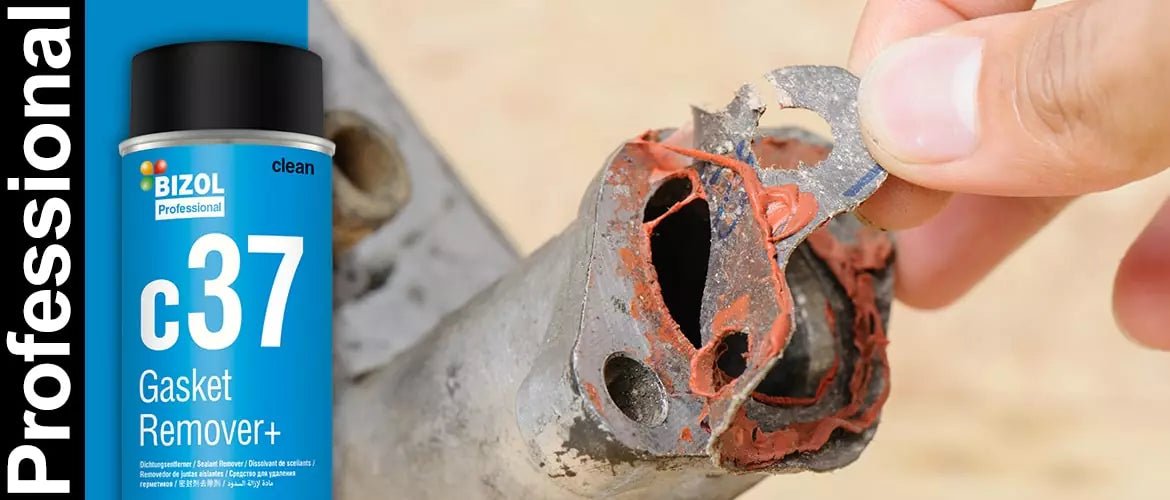Gaskets and seals play an essential role in automotive components and units.
The gaskets and seals used in automotive engines are critical components, without which engines simply would not function. The wide-ranging applications, temperatures and thus, materials, involved mean that made of a wide variety of materials and compounds are required.
The sheer number of different combinations of materials in use mean that there is only a small number of effective gasket removers that can remove them. The effective sealing of components prevents gas leaks and fluid loss, not to forget the ingress of dirt or fluids. Seals and gaskets ensure reliable lubrication in the engine and gearbox.
Leaks shorten the service life of components and can contaminate the environment and negatively affect the health of animals and human beings.
A properly sealed system prevents environmentally hazardous substances, such as fuel and engine oil or gear oil being emitted and released in an uncontrolled manner into the environment. The effective sealing of components also has a direct effect on engine performance.
The cylinder head gasket, for example, fulfils a vital role in keeping gas and fluids flowing in their respective circuits and preventing them from mixing. The cylinder head gasket keeps combustion gases in the combustion chamber, coolant in the cooling system engine oil in the oil circuit. As soon as the cylinder head gasket stops sealing properly these fluids will mix or power will be lost due to a combustion gases escaping into the cooling system etc.
What causes gasket materials to fail or stop performing properly?
Gaskets and seals are like everything else i.e., they age over time. Usually, sealing components simply fail due to the ageing process. Plasticisers in rubber seals or corrosion caused by contamination in the coolant take their toll and can cause the gasket to break down and leak.
Of course, the failure of other components, such as an electric fan switch or the consequences of poor maintenance can lead to the engine overheating or cause other faults resulting in gasket failure. However, the most common causes are wear and the chemical processes where plasticisers leech out over time and the seals become porous and brittle, causing leaks.
Symptoms of defective gaskets and seals:
- a drop in performance
- poor cold-start behaviour
- coolant contaminated with engine oil
- raised coolant temperature
- coolant boiling – due to exhaust gas in the cooling circuit
- oil loss
- coolant loss
When attempting to fix leaks or effect a repair, the seals and gaskets have to be replaced. Seals and gaskets are designed to withstand aggressive fluids, high pressures and high temperatures, which are very useful traits, but it also means that they are often difficult to remove completely from the mating surfaces.
The task of removing gasket residues can involve a lot of manual scraping, which is both time consuming and an unpleasant part of any repair.
Gasket Remover+ c37 – fast, effective, reliable

BIZOL Gasket Remover+ c37, a powerful cleaner with highly-effective dissolving properties. It removes old gasket residues on all sorts of mating surfaces, e.g., on crankcase flanges, cylinder heads and sumps. The easy-to-use spray quickly and effectively removes dried and hardened gaskets as well as stubborn paint layers and soot deposits. BIZOL Gasket Remover+ c37 is compatible with various materials such as metal, glass, ceramics, polyethylene and polypropylene. However, it is not for suitable for use on plastics or PVC.


